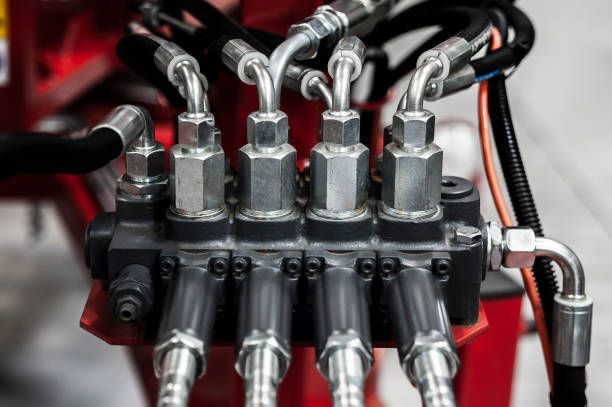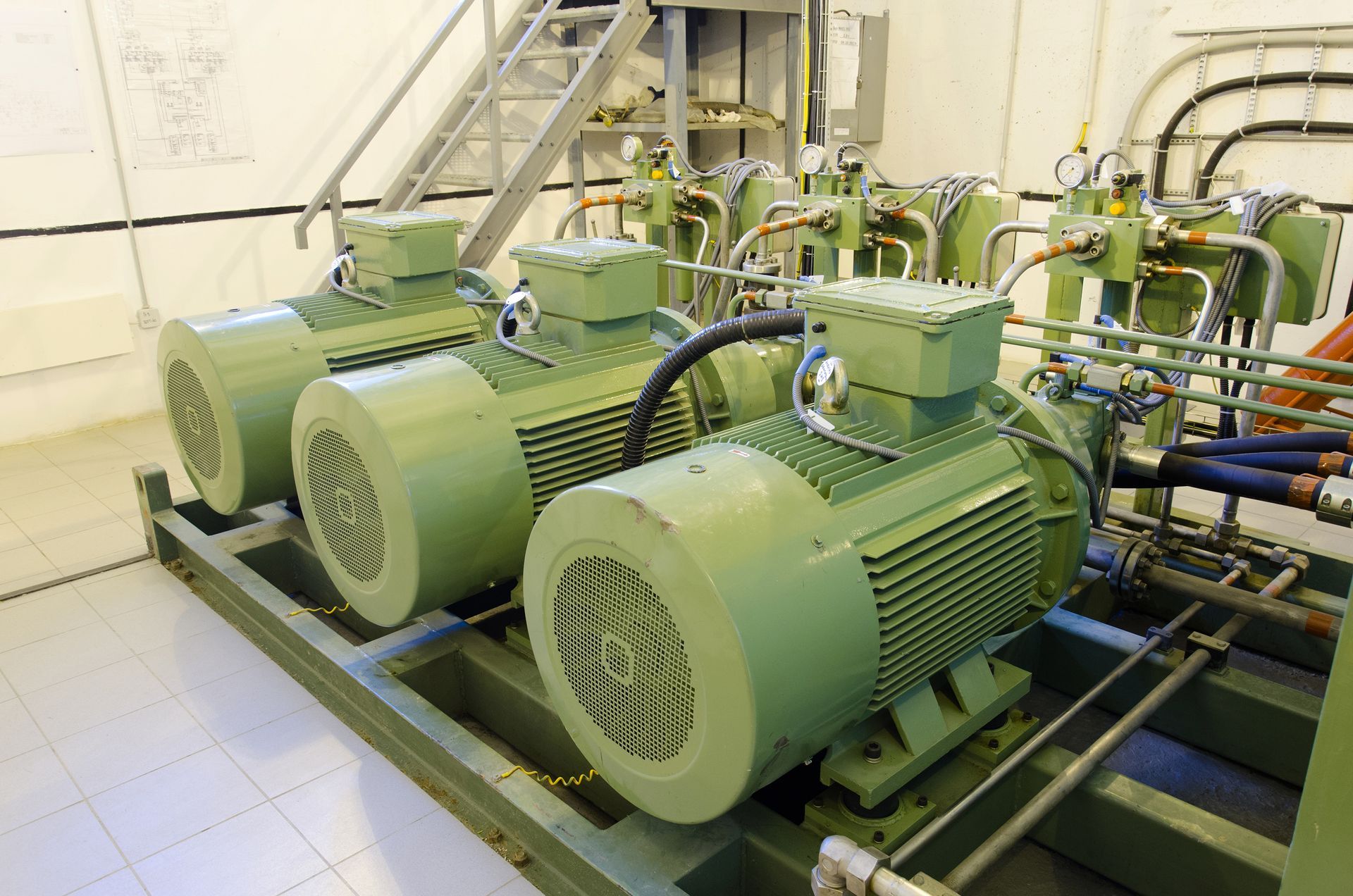7 Ways to Reduce Hydraulic Pump Energy Consumption
Hydraulic pumps are essential pieces of equipment for many industrial and manufacturing operations. Any inefficiencies in hydraulic pump operations significantly increase overhead costs for facilities and cut into a company's bottom line.
Fortunately, you can optimize hydraulic pump energy consumption in numerous ways. The following are seven ways to reduce hydraulic pump energy consumption.
1. Properly Sizing the Pump
Pump size and motor size are essential considerations when optimizing energy consumption. Sizing issues often occur when engineers try to bring in a safety factor at the design stage. This leads to pump oversizing issues that increase maintenance needs and energy consumption.
2. Selecting the Right Pump Type for the Application
Numerous factors distinguish individual pumps. Industrial and manufacturing facilities must carefully analyze factors such as drive type, needed power, ancillary equipment availability, speed, and mechanical seal type of individual pumps.
Manufacturing and industrial operations must match up these factors of hydraulic pumps to be optimal for the particular application. Determining the right pump type requires careful and thorough communication and collaboration between the manufacturer of the pump and the specifying engineer in charge of the project in question.
3. Not Allowing Excessive System Pressure Drop
Keep system pressure drop under control to avoid energy waste. If system pressure drop is a problem in your hydraulic pump equipment, you can reduce it if you resize piping. Incorrectly sized piping means that energy loss occurs due to friction between opposed ends of the piping.
Other factors that influence system pressure drop are surface characteristics of the pipe, properties of the hydraulic fluid, flow rate, and the diameter of the piping. Making adjustments to these factors sometimes resolves system pressure drop problems.
4. Using Multiple Pumps
Multiple pumps working together in tandem are often more energy-efficient than a single pump. Consider the implementation of a multiple pump parallel system if you're concerned with elevated energy consumption levels in relation to your hydraulic pumps.
Remember that individual pumps should run separately and not concurrently in a multiple pump parallel system to maximize energy efficiency. However, in certain situations, running multiple pumps at the same time is optimal depending on the flow requirements of the application in question.
5. Trimming the Impeller
You can trim the impeller pump of a hydraulic pump to prevent the loss of energy from throttling issues that have to do with the control valves.
Determine the extent to which you should trim the impeller by analyzing both affinity rules and pump curves. These factors provide insights on analyzing how successful impeller trimming has been in optimizing energy consumption.
6. Implementing Control Valves
Control valve implementation is essential for keeping both pressure and flow closely under control. Control valves are helpful for preventing energy loss caused by irrigation systems, for example.
Generally, control valves regulate bypassing and throttling flow. Optimize energy consumption by keeping excess pressure to a minimum through bypass of flow to a reservoir.
7. Performing Key Maintenance
Keeping up with hydraulic pump maintenance is essential to ensure continued energy efficiency. During maintenance procedures, technicians locate any deterioration that detracts from efficiency.
Examples of deterioration that unnecessarily increases energy consumption include rotor erosion and wear ring erosion. Maintenance involves applying lubrication that reduces friction, which is a huge cause of energy inefficiencies.
Another efficiency issue routine maintenance takes care of is contamination problems. Routine maintenance reduces equipment malfunctions that lead to downtime. In addition to energy inefficiency, downtime is another costly issue for industrial and manufacturing facilities.
If you need service for hydraulic pump equipment, contact us at Quad Fluid Dynamics, Inc. , for assistance. We look forward to speaking with you.


